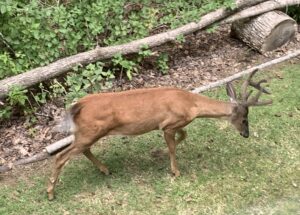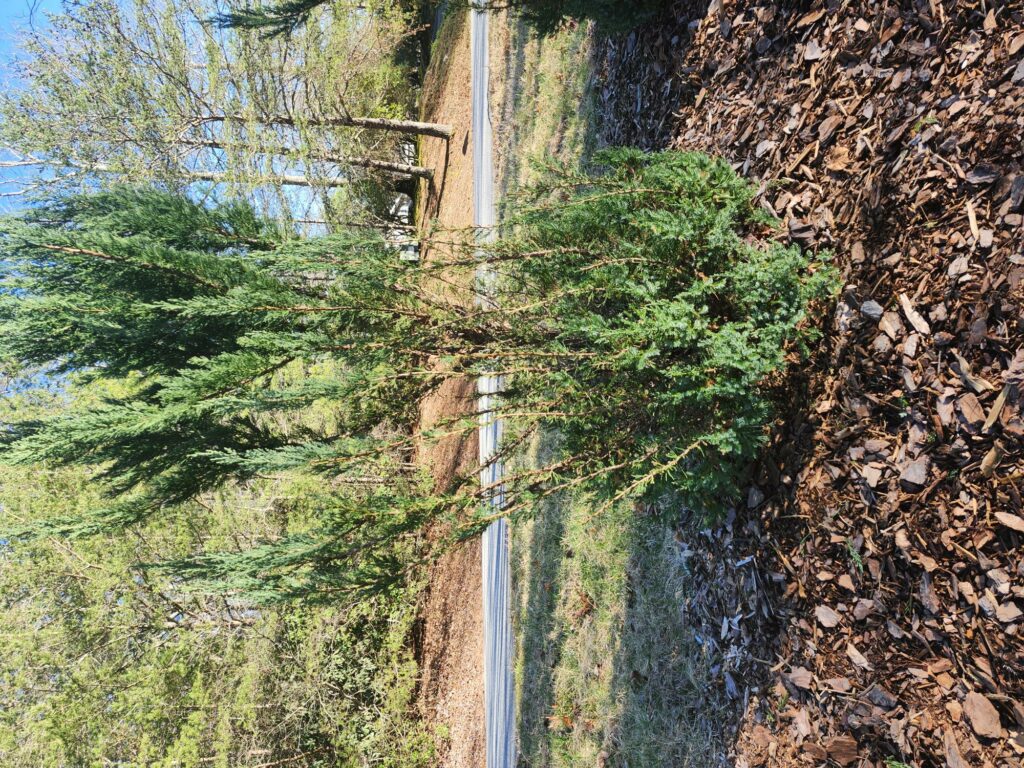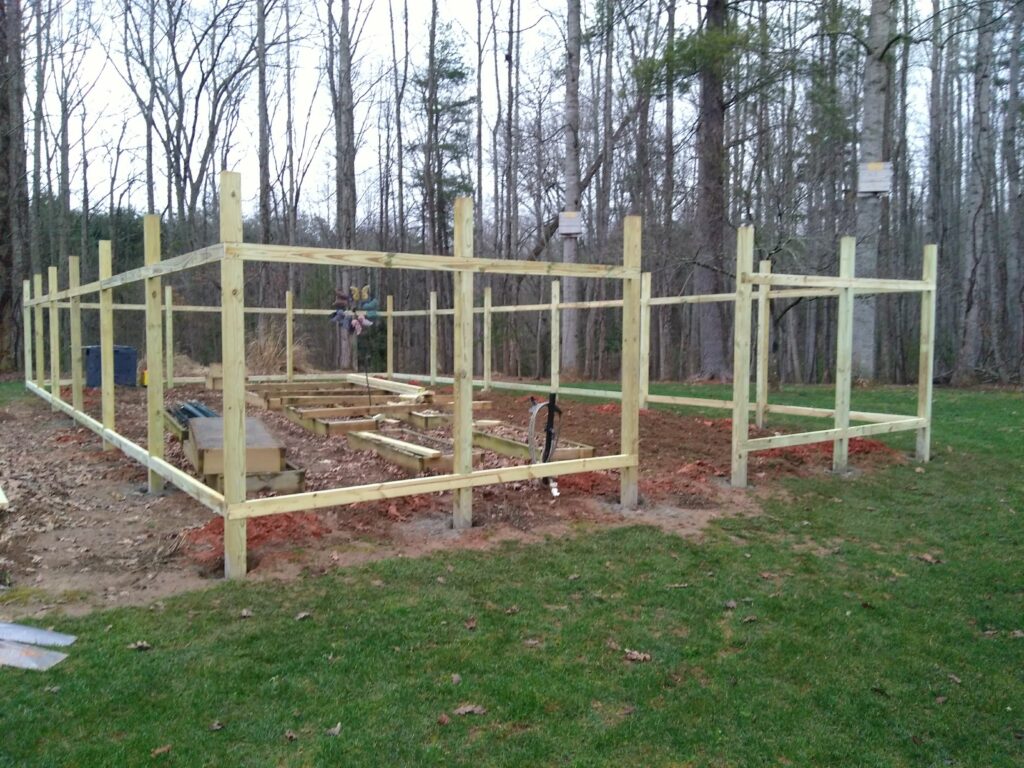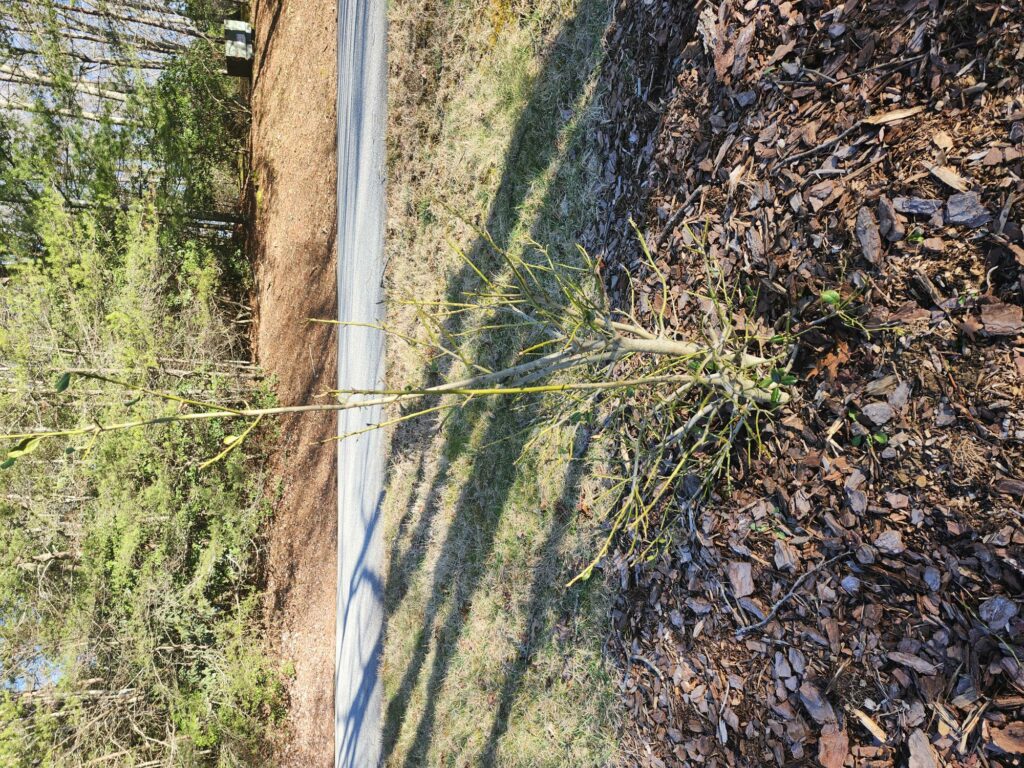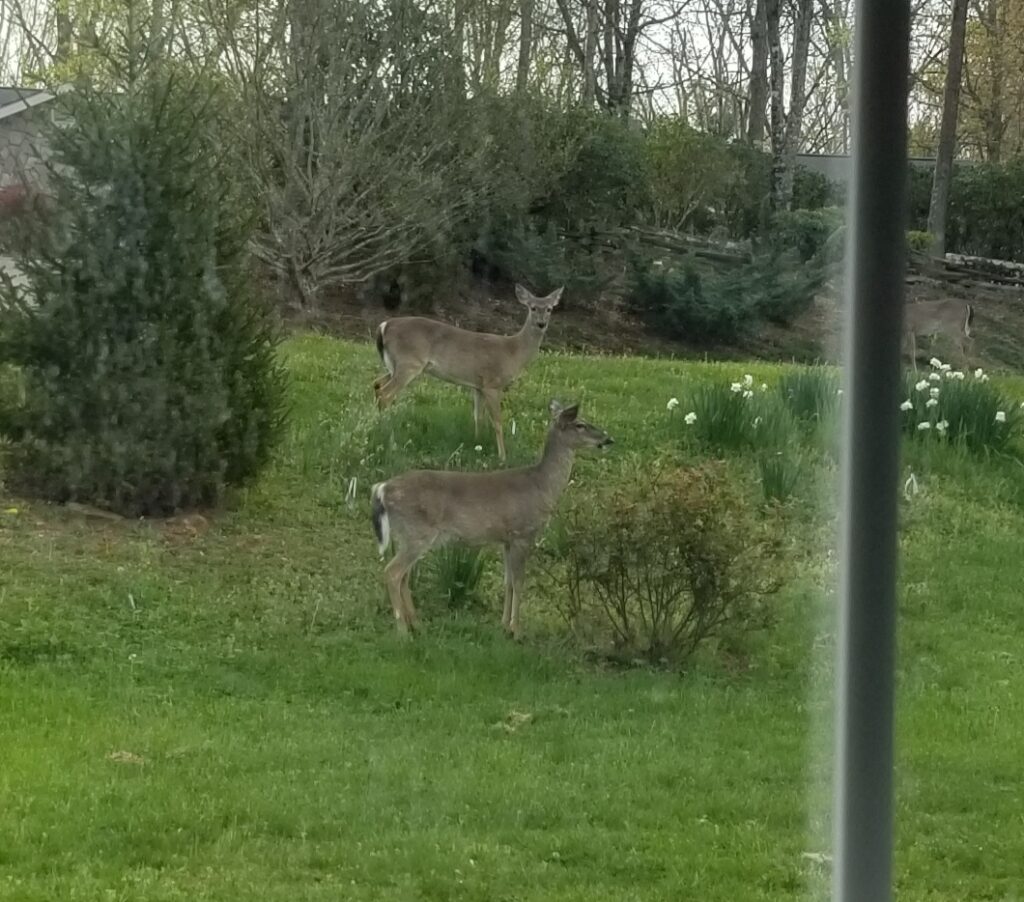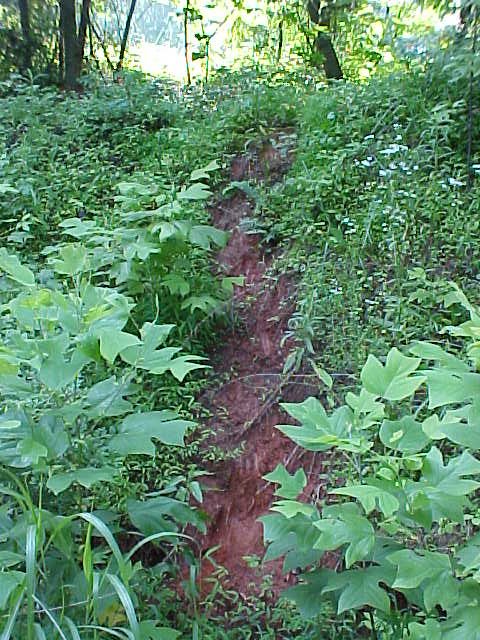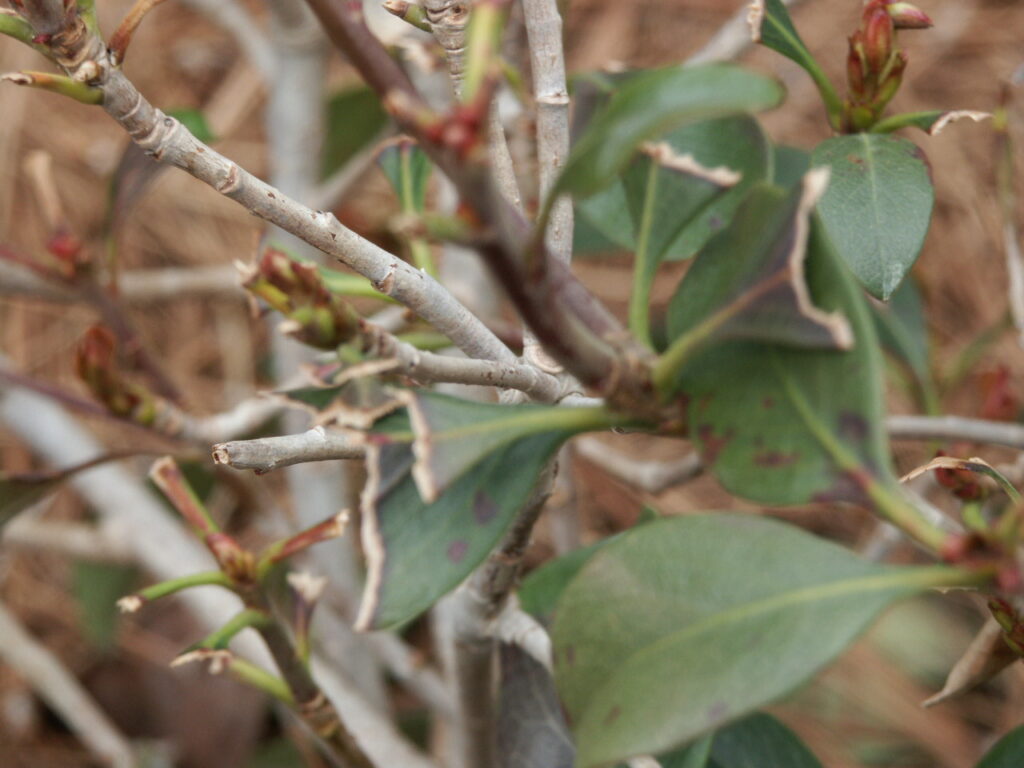Plant Health Alert – Preventing Deer Damage
go.ncsu.edu/readext?896323
en Español / em Português
El inglés es el idioma de control de esta página. En la medida en que haya algún conflicto entre la traducción al inglés y la traducción, el inglés prevalece.
Al hacer clic en el enlace de traducción se activa un servicio de traducción gratuito para convertir la página al español. Al igual que con cualquier traducción por Internet, la conversión no es sensible al contexto y puede que no traduzca el texto en su significado original. NC State Extension no garantiza la exactitud del texto traducido. Por favor, tenga en cuenta que algunas aplicaciones y/o servicios pueden no funcionar como se espera cuando se traducen.
Português
Inglês é o idioma de controle desta página. Na medida que haja algum conflito entre o texto original em Inglês e a tradução, o Inglês prevalece.
Ao clicar no link de tradução, um serviço gratuito de tradução será ativado para converter a página para o Português. Como em qualquer tradução pela internet, a conversão não é sensivel ao contexto e pode não ocorrer a tradução para o significado orginal. O serviço de Extensão da Carolina do Norte (NC State Extension) não garante a exatidão do texto traduzido. Por favor, observe que algumas funções ou serviços podem não funcionar como esperado após a tradução.
English
English is the controlling language of this page. To the extent there is any conflict between the English text and the translation, English controls.
Clicking on the translation link activates a free translation service to convert the page to Spanish. As with any Internet translation, the conversion is not context-sensitive and may not translate the text to its original meaning. NC State Extension does not guarantee the accuracy of the translated text. Please note that some applications and/or services may not function as expected when translated.
Collapse ▲In the seven years I have been in Henderson County the deer population has grown noticeably. Recently, they ate my pansies the first night I put them out! The plants were in pots on my porch. BOO!
Deer not only eat plants but deer also spread ticks. We have seen a big increase in tick populations and tick vectored diseases in Western NC. Learn more here.
Deer Control Options:
There are a few options for preventing plant damage caused by deer. For a full list, see this site.
Hunting – Every wildlife management agency both federal and state say that hunting is the best deer control method. Establishing neighborhood wide hunts is always controversial but it is the best way to manage deer. Neighborhoods often implement bow hunting rather than rifle hunting for safety.





